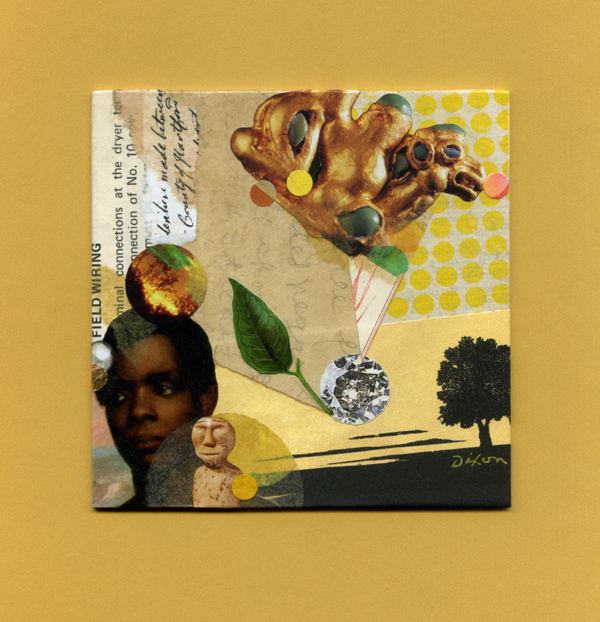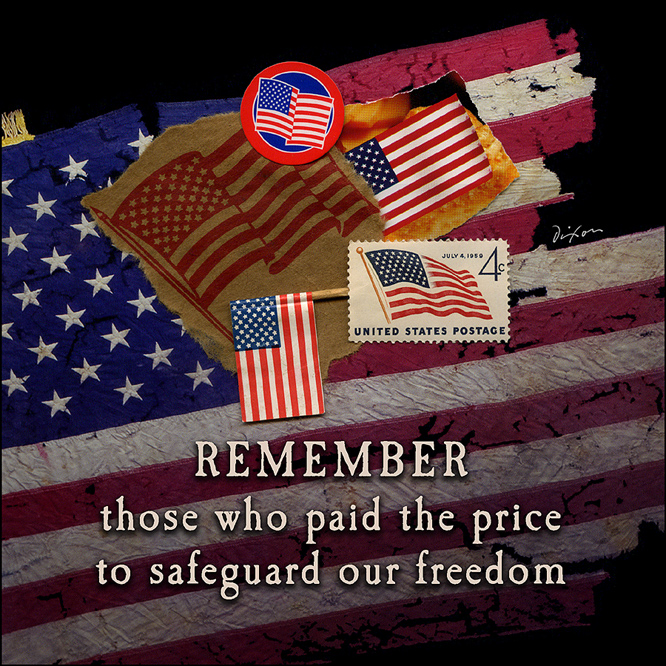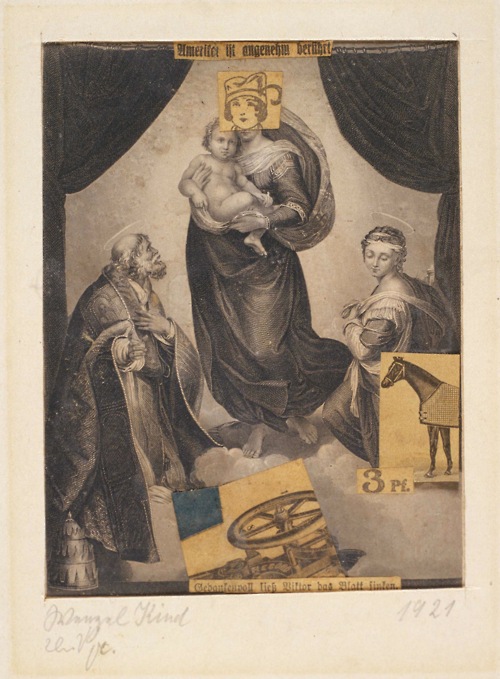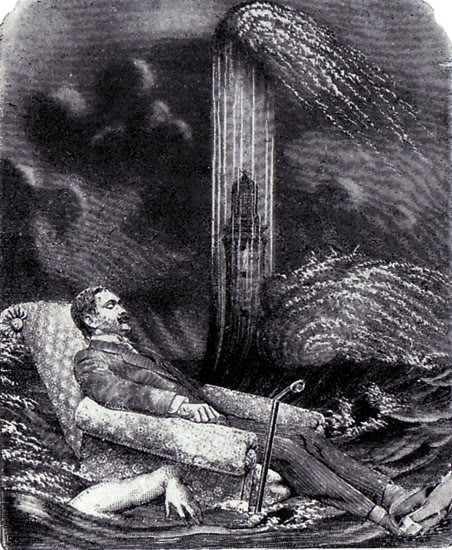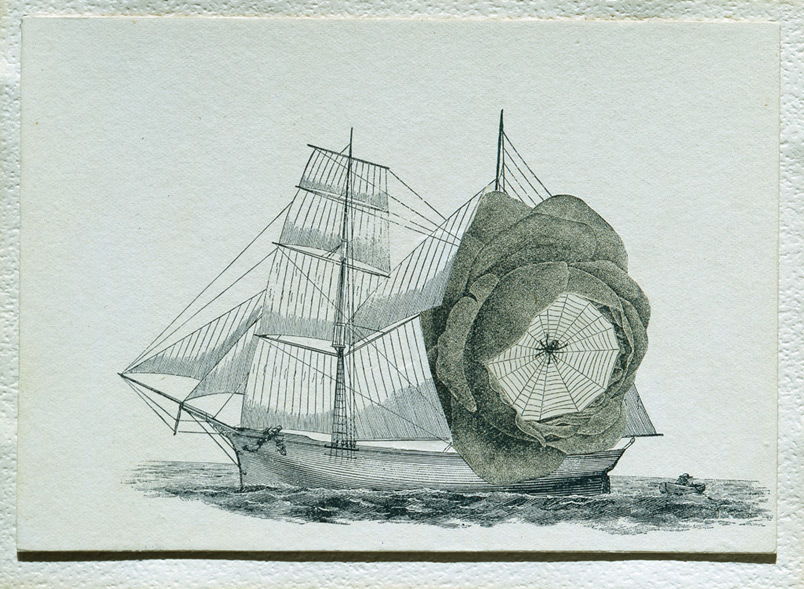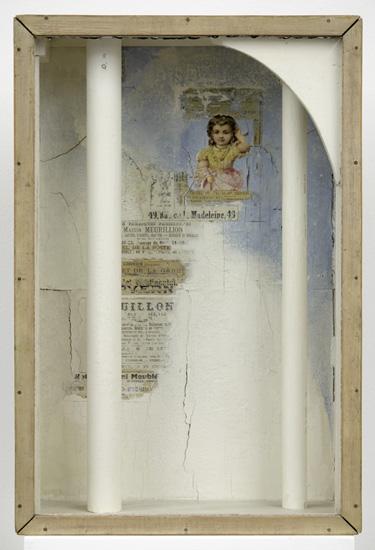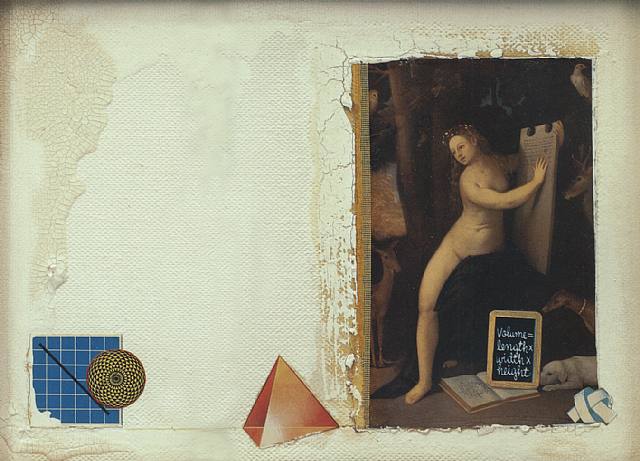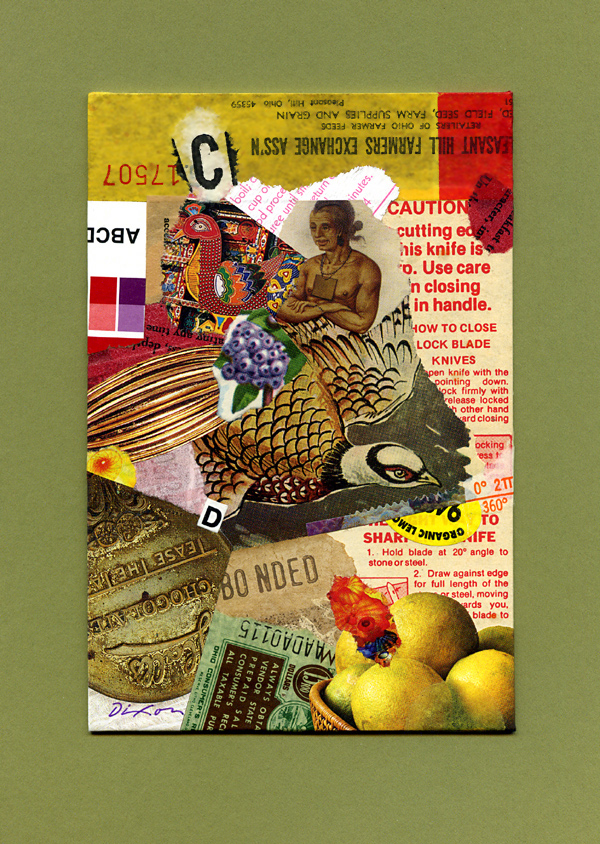“With the institutionalization of belief, art becomes an instrument of social enhancement instead of what it is— a basic instinct of the human species.”
—Milton Glaser
For more than a century or two, the distinction between the illustrator and the artist has been an ongoing debate. Is there a significant difference, or is it primarily an artificial disparity? Most would agree that there is a contrast of intent— the applied artist subordinates certain aspects of personal expression for a commercial or social objective, and the fine artist is accountable only to the creative self. But what about the illustrator who is handed no constraints by the client, or the fine artist with a market-driven agenda? Like most things, shades of gray preside and one is left to place each instance on a spectrum, or to disregard all attempts to categorize the creative impulse in the first place. I’ll admit that I’ve always been more impressed with the very best of illustration, vintage or current, than with run-of-the-mill fine art, but who am I to judge what is “very best” or “run-of-the-mill?” Regardless of what critics, academics, or connoisseurs may think, the phenomenon of “to each his own” will always play a major role in the world of art. On top of that, public taste, analytical opinion, and the viewpoint of art historians can change radically over time. Thomas Bewick, Alphonse Mucha, Henri Toulouse-Latrec, Jessie Willcox Smith, Adolphe Jean-Marie Mouron, Jessie Marion King, N.C. Wyeth, Charles Rennie Mackintosh, Elenore Abbott, Charles Marion Russell, and Norman Rockwell are examples to consider (to name only a few from the past). Who knows how those in the future will classify Betye Saar, Al Hirschfeld, Bob Peak, Brad Holland, Gary Larson, Jack Unruh, Jean-Michel Folon, James McMullan, or Milton Glaser?
So, you may now ask, since you’ve been kind enough to read this far, what’s the point of all this name dropping and what does it have to do with collage? I suppose that I’m inviting you also to think about what causes an artwork to have an “illustrative look,” separate from the circumstances of its creation. Perhaps the variance between the fine and applied arts has as much to do with appearance as with motivation. I’m interested in your viewpoint, dear reader, and I hope you share it here with your comment. Are there effects a fine artist must always strive to elicit with a collage, if it is to be perceived as art, or methods that should be guarded against, to avoid the verdict of illustration? If a collage is used for editorial purposes, for promotion, or packaging, does that automatically make it an illustration or a graphic design? If a collage is composed for optimum appeal to the perceptions of a particular type of buyer (or a prospective collector who responds to nostalgia, a period look, or the bizarre), does that disqualify it as fine art?
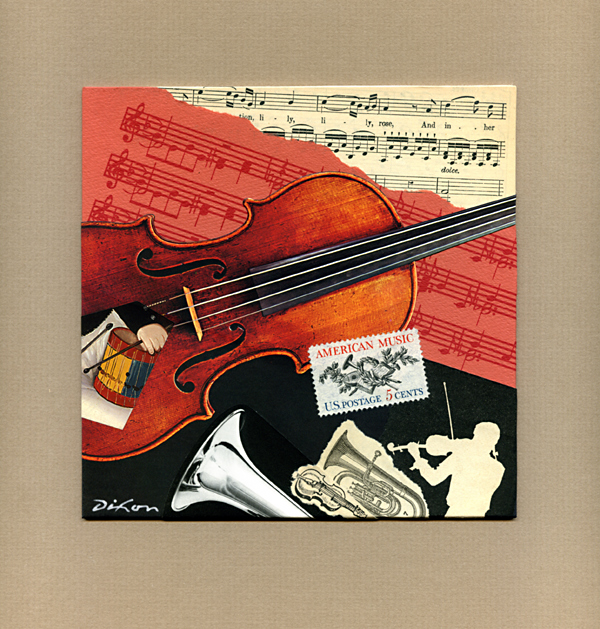
Festive Tones
collage miniature by J A Dixon
6 x 6 inches
• S O L D
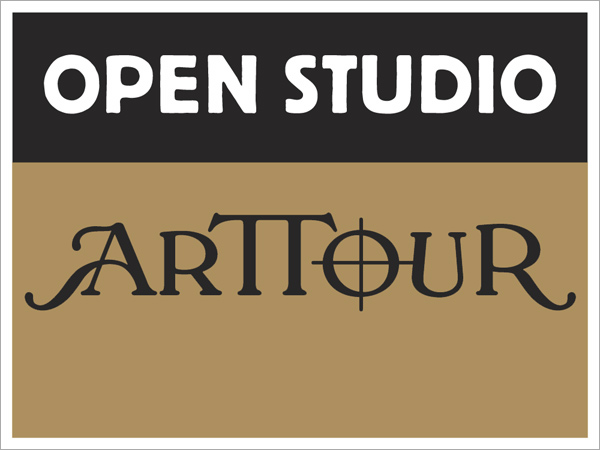 Day One / Open Studios ARTTOUR —
Day One / Open Studios ARTTOUR —